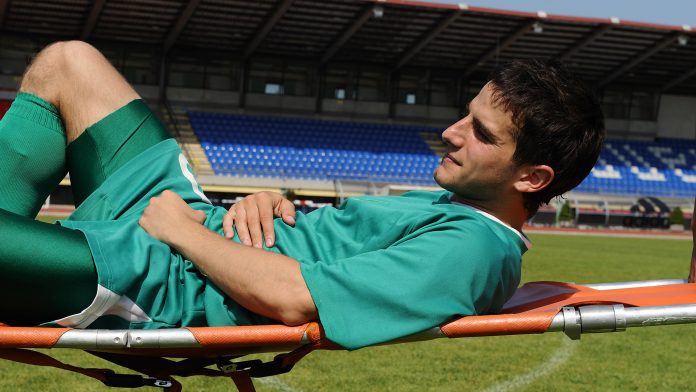
A study by the University of Jyväskylä has examined the possibility of using machine learning to predict the risk of ACL injury.
Anterior cruciate ligament (ACL) injury is common among sportspeople and preventing them is highly important in elite sports. Multiple risk factors for the injury have been recognised in previous research. However, the prediction of ACL injuries has been a matter of controversy.
ACL injury is one of the most common knee injuries, occurring as a result of overextension of the lower part of one’s leg. The injury is particularly common in sportspeople as it is often caused by a sudden change of direction or during a collision.
An ACL injury can have serious effects on sportspeople
When the ACL is torn, the knee can become unstable and lose its full range of movement. This makes certain movements, such as turning on the spot, difficult to perform. As a result, some sports may be impossible to play after an ACL injury.
Researchers from the University of Jyväskylä’s Digital Health Intelligence Laboratory collaborated with researchers from the Norwegian School of Sports Sciences to see if they could predict the risk of ACL injury in individual athletes using machine learning.
“The machine learning methods used in the study managed to predict injuries with about 65% overall accuracy. The result was statistically significant, but in practice, the predictive ability is so low that it is not useful in the practical clinical assessment of ACL injury”, said Susanne Jauhiainen, who conducted the study.
Developing Artificial Intelligence applications, to conduct medical experiments through machine learning has become relatively easy in the healthcare sector, due to improved accessibility of tools. This has made it easier to produce promising prediction and classification models by chance.
“A central part of the study was also to develop a process that would ensure the quality and reliability of the results for comprehensive testing of AI models. This approach has already been applied in a previous injury study conducted with the UKK institute,” added Jauhiainen.
Machine learning is not ready to predict injuries
The researchers analysed data from the Norwegian School of Sports Sciences’ extensive injury research project which is the largest set of data collected in the field. The data concerned female handball and football professionals in Norway. In total 880 athletes participated in the study.
Despite such a large and comprehensive data set and the use of multiple machine learning methods, the study could not adequately predict ACL injury well enough, according to the researchers.
“Even though we sort of failed this time, it can’t be said that machine learning and artificial intelligence can’t still predict injuries in the future. The result is useful because it will help injury researchers move towards collecting more relevant measurements,” explained Jauhiainen.









